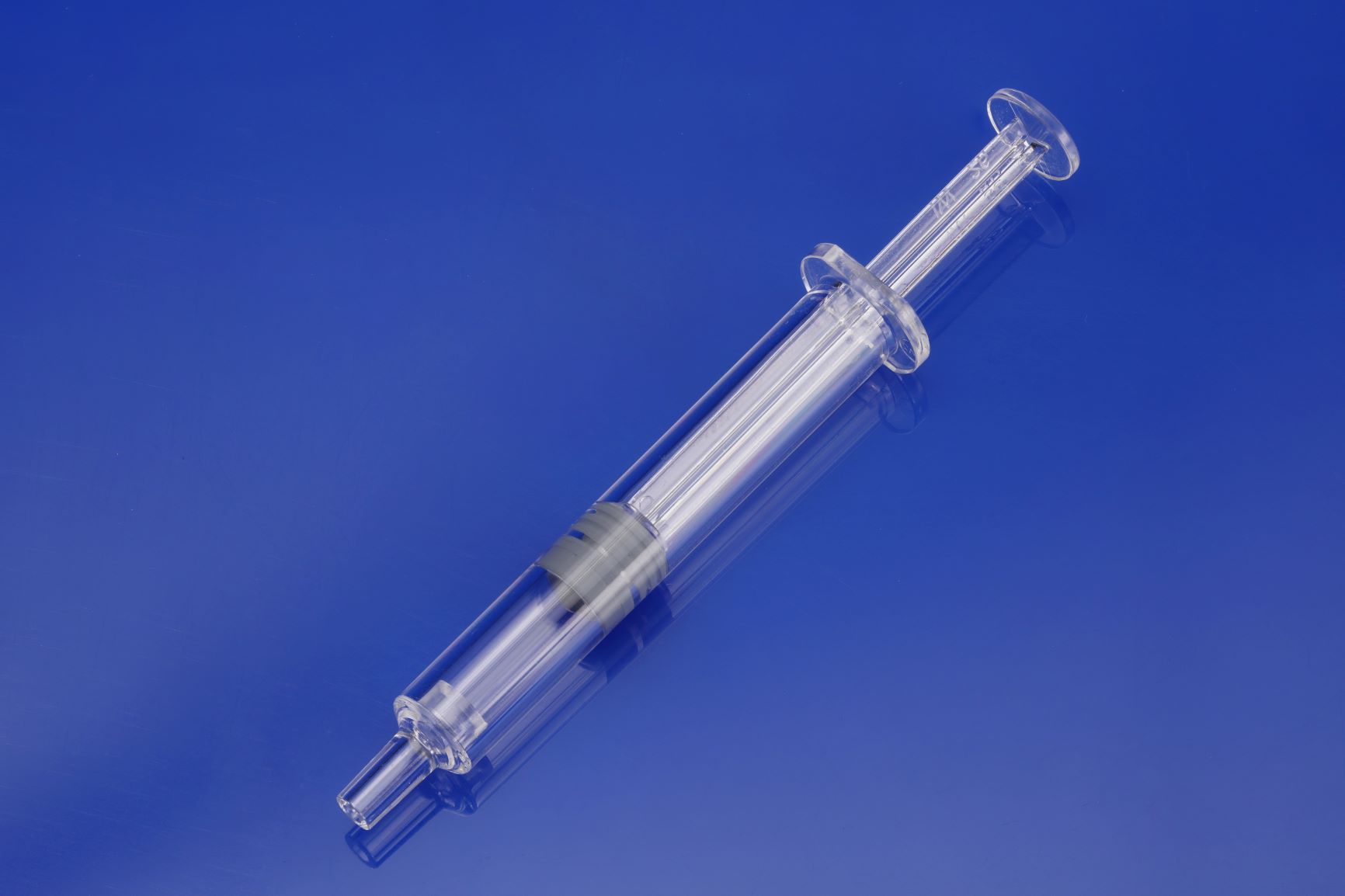Clear to clear welding

As an alternative to conventional laser welding, laser welding of plastics with wavelengths in the range of 2µm can be used. With this variant, two workpieces can be joined without additional absorbers. The main difference of the process lies in the way the energy is introduced into the plastics to be joined. The process uses the property of most thermoplastics to absorb wavelengths in the range of 2µm more strongly in the uncoloured natural state. The deposition of the energy essentially does not take place in the contact area of the two joining partners, but over the entire volume which is irradiated. The laser beam enters at the surface of the plastic component and then continuously loses energy in the component, which heats the plastic part. The beam shaping plays a decisive role for the energy deposited per volume unit. In the joining zone, the energy density is so high that both joining partners are plasticized. At the same time, the energy input by the laser beam in all other irradiated areas remains so low that no plasticizing occurs. This offers several advantages that make industrial use particularly economical. Firstly, the component halves to be joined can be injected in the same cavity. This enables use even with the highest quantities, as is the case with disposables, for example. On the other hand, it is possible to manufacture products in the pharmaceutical and medical technology sectors that must not contain any substances that are harmful to health.
